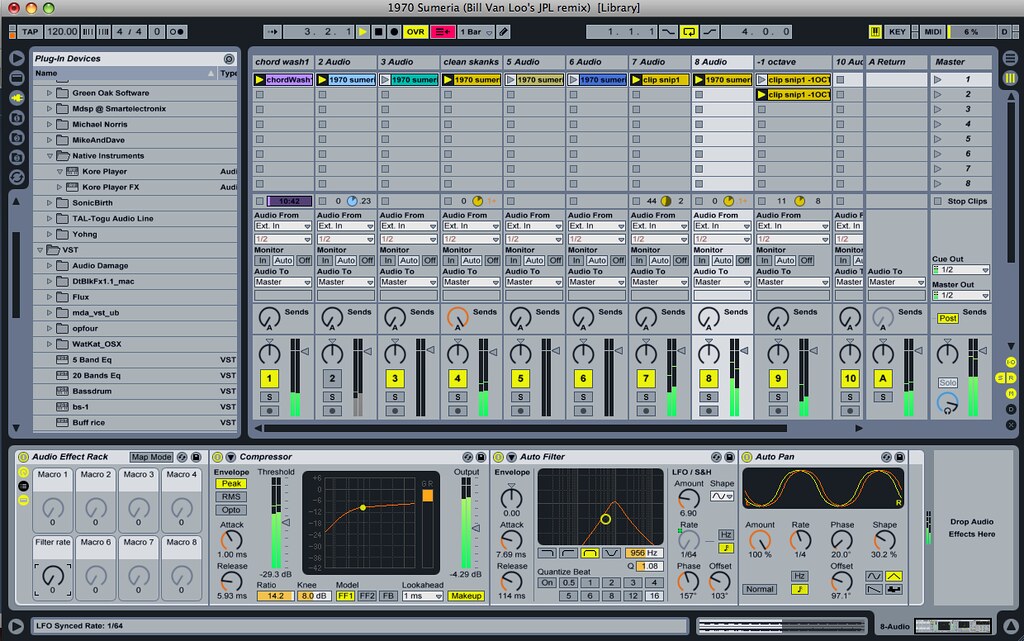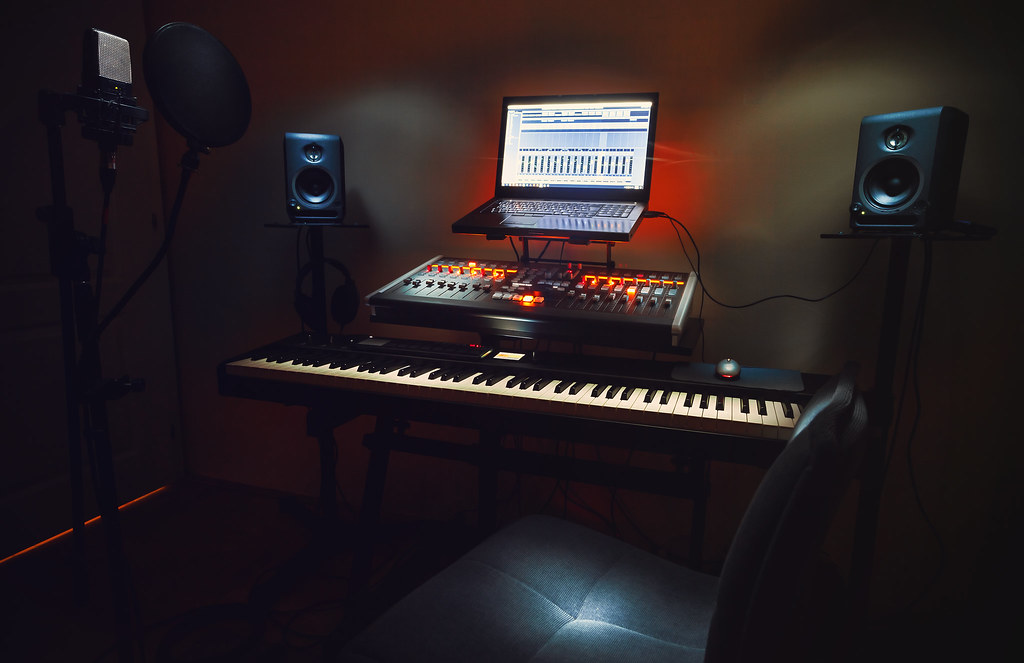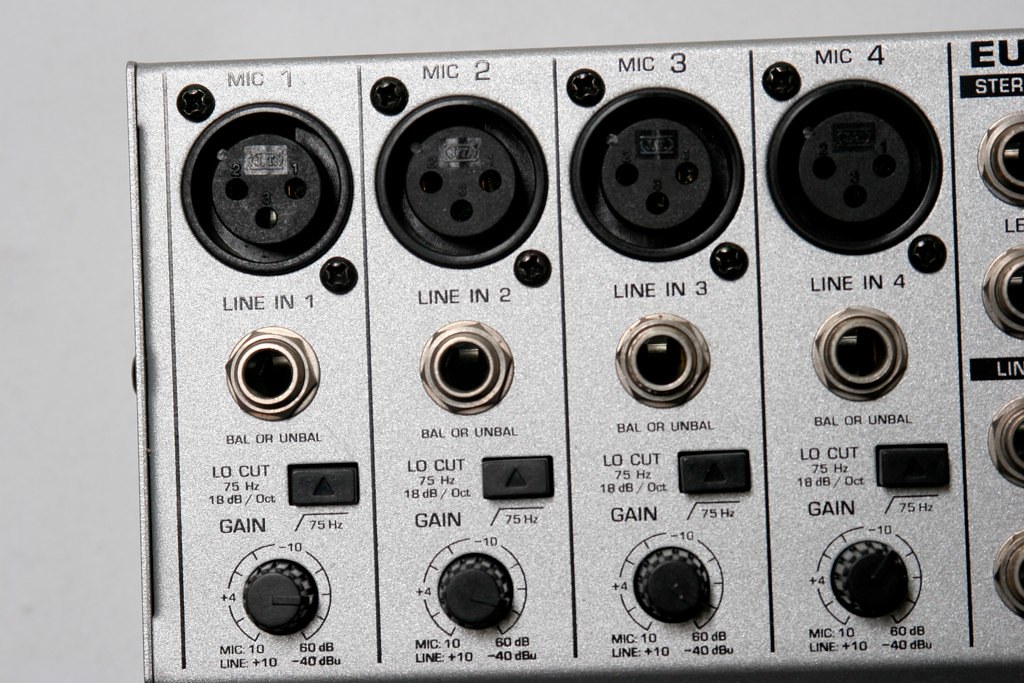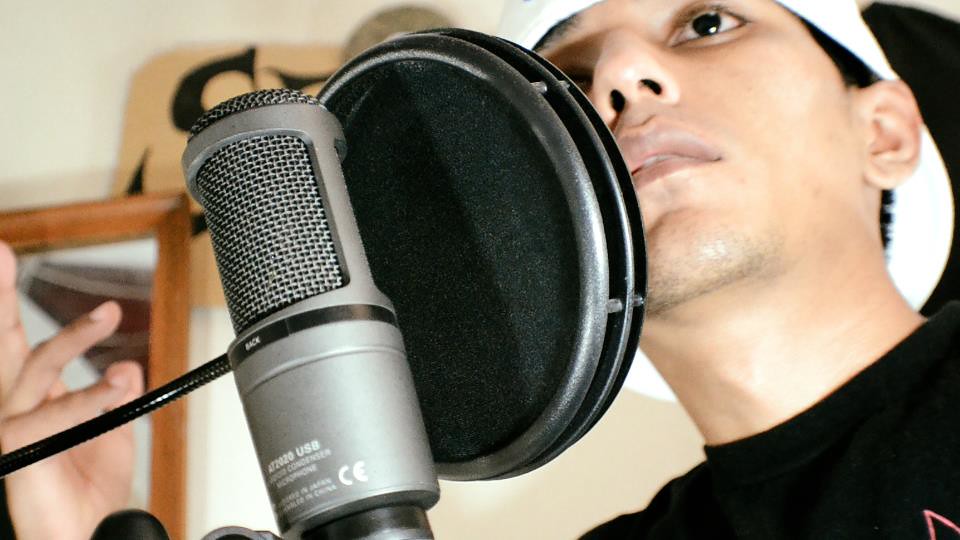What is Musical Production? In this ultimate guide, we will explore everything you need to know about musical production, including techniques, equipment, and roles. Musical production is the art of taking a musical idea and turning it into a complete and polished piece of music. It involves various components such as recording, mixing, and mastering, and is essential in the music industry. In this guide, we will delve into the history of musical production, the techniques used, the audio equipment required, and the roles of producers and engineers. We will also explore different genres of music that can be produced and provide tips and resources for getting started with musical production.
Table of Contents

Introduction
Musical production is the art of creating music using a combination of techniques, equipment, and roles. It is an essential aspect of the music industry and plays a crucial role in the success of a musical project. In this guide, we will delve into the world of musical production and explore its key components.
We will discuss the various techniques involved in the production of high-quality music, including recording, mixing, and mastering. We will also provide tips on how to use these techniques effectively to create music that connects with your audience.
Moreover, we will discuss the essential audio equipment required for musical production, including microphones, audio interfaces, and studio monitors. We will explain the different types of equipment and their uses to help you make informed decisions while selecting the right tools for your needs.
Additionally, we will cover the roles and responsibilities of producers and engineers in the music production process. We will also provide an overview of different genres of music that can be produced using different techniques, equipment, and roles.
By the end of this guide, you will have a comprehensive understanding of musical production and the tools required to create music that resonates with your audience.
Brief History of Musical Production
Musical production has come a long way since the early 20th century, where the invention of the phonograph was a significant development in the music industry. The phonograph allowed for the recording and playback of music, which was a groundbreaking technology at the time. With the evolution of technology, new innovations in music production were born, such as magnetic tape in the 1930s. This allowed for more precise recording and editing, giving producers more control over the final product.
The 1980s saw the emergence of digital technology, which revolutionized the music industry and paved the way for advanced recording and production techniques. Digital audio workstations (DAWs) replaced tape machines and allowed producers to manipulate sound in unprecedented ways. This meant that producers could now edit, mix, and master music at the click of a button.
Today, music production is a complex and sophisticated process that draws on a rich history of innovation and creativity. With the rise of new technologies, such as virtual instruments and artificial intelligence, the possibilities for music production are endless.

Music Production Techniques
In musical production, techniques are essential in creating quality music. Here are the major music production techniques that you should know:

Recording
Recording is the process of capturing sound using microphones and recording equipment. It’s a crucial step in the music production process as it is where you lay down the foundation of your track. A well-recorded track is essential for achieving high-quality music. To achieve this, consider the following factors:
- Microphone Placement: Proper microphone placement is essential in recording sound. Experiment with different microphone positions to achieve the desired sound quality.
- Room Acoustics: Room acoustics play a vital role in recording. A properly treated room can help eliminate unwanted noise and reverb.
- Instrument Selection: Choosing the right instruments is important in recording. Ensure that the instruments are in good condition and properly tuned.

Mixing
Mixing is the process of combining multiple tracks into a single stereo track. During mixing, levels are adjusted, and effects are added to create a balanced and cohesive mix. Mixing is a crucial step in the production process, as it can make or break a song. Here are some tips for effective mixing:
- Panning: Panning helps create a stereo image of your mix. Use it to position different elements in the stereo field.
- EQ: EQ helps balance the frequency response of the mix. Use it to cut or boost specific frequencies to achieve a balanced mix.
- Compression: Compression helps control the dynamic range of the mix. Use it to make the quiet parts of the mix louder and the loud parts quieter.

Mastering
Mastering is the final step in the production process, where the track is prepared for distribution. During mastering, the final mix is optimized for playback on various devices and platforms. Mastering involves adding final EQ, compression, and other effects to achieve a polished and professional sound. Here are some tips for effective mastering:
- Volume: Ensure that the volume of the track is consistent throughout.
- EQ: Use EQ to balance the frequency response of the track.
- Compression: Use compression to control the dynamic range of the track.
- Limiting: Use limiting to prevent clipping and ensure that the track is optimized for playback on various devices and platforms.

Audio Equipment
High-quality audio equipment is crucial in producing high-quality music. Let’s take a closer look at some of the essential audio equipment needed for music production:

Microphones
Microphones are vital in capturing sound during the recording process. Three types of microphones are commonly used: condenser, dynamic, and ribbon. Each type of microphone has its unique sound characteristics and is best suited for different recording applications.
-
Condenser Microphones: These are sensitive and have a wide frequency response, making them ideal for capturing vocals and acoustic instruments.
-
Dynamic Microphones: These are durable, handle high sound pressure levels, and are commonly used for recording electric guitars, drums, and bass amps.
-
Ribbon Microphones: These are delicate and have a vintage sound that is ideal for capturing brass, strings, and other acoustic instruments.

Audio Interfaces
Audio interfaces are used to connect microphones and other audio equipment to a computer or recording system. They convert analog signals into digital signals, which can be processed and edited using software. Audio interfaces come in various sizes and with different features, so it’s essential to choose one that meets your specific needs.

Studio Monitors
Studio monitors are speakers designed for accurate and transparent sound reproduction. They are crucial for mixing and mastering, as they allow producers and engineers to hear the details of the mix clearly. Studio monitors come in different sizes and types, such as nearfield, midfield, and farfield. It’s essential to choose the right size and type of studio monitor to fit your studio’s acoustics and your music production needs.

Roles of Producers and Engineers
Musical production involves various roles, including producers and engineers. Producers are responsible for overseeing the production process, from the initial concept to the final product. On the other hand, engineers are responsible for the technical aspects of the production process, such as recording and mixing.

The Roles and Responsibilities of Producers
Producers are responsible for bringing an artist’s vision to life. They work with artists to develop their ideas, guide them on song arrangements, and develop the sound of the overall project. Producers also manage the budget, schedule, and creative direction of the project. They are responsible for finding the right recording studio and performing a quality check on the songs.
In addition, producers are responsible for hiring session musicians and songwriters if needed. They also provide input on lyrics, harmonies, and melodies to ensure that the song is up to industry standards. Producers are also responsible for ensuring that the artist’s vision is realized and the end product is commercially viable.

The Roles and Responsibilities of Engineers
Engineers work closely with producers and artists to achieve the desired sound and ensure that the technical aspects of the production are of high quality. They set up the recording equipment, microphones, and preamps and ensure that the sound is being recorded correctly. Engineers also adjust the levels of individual tracks, apply effects to the tracks, and tweak the overall mix to achieve the desired sound.
During the mixing phase, engineers balance the levels of all the tracks, apply EQ, compression, and other effects to individual tracks, and create a final mix that sounds good on various playback systems. During the mastering phase, engineers ensure that the final mix sounds good on all playback systems and prepare the files for distribution.
In addition, engineers ensure that the recording studio is in perfect condition and that all the equipment is working correctly. They also provide technical guidance to the artists, producers, and other members of the production team.
Overall, producers and engineers work hand in hand to bring the artist’s vision to life and create high-quality music that is commercially viable.

Genres of Music Production
Musical production is a versatile art form that can be applied to various genres of music. The most popular of these genres include Electronic, Hip-Hop, and Rock music.

Electronic Music
Electronic music is produced using synthesizers, drum machines, and other electronic instruments. It often incorporates elements of dance and pop music and is popular in club and festival settings. Electronic music production techniques include using software synthesizers, creating loops, and building tracks layer by layer. Sound design is also a critical element in electronic music production, as producers must create unique sounds to differentiate their tracks.

Hip-Hop Music
Hip-hop music is characterized by its use of sampling, beatboxing, and rap vocals. It originated in African American and Latino communities in the 1970s and has since become a global phenomenon. Hip-hop music production techniques include chopping samples, programming drums, and sequencing tracks. The focus is on creating a beat that complements the lyrics and sets the mood for the song.

Rock Music
Rock music is characterized by its use of guitars, drums, and bass. It is a broad genre that encompasses various sub-genres, such as classic rock, punk rock, and heavy metal. Rock music production techniques include recording live instruments, mic placement, and mixing and mastering. The producer’s role in rock music is to capture the energy and emotion of the live performance in the studio.

Getting Started with Musical Production
Starting with musical production can be overwhelming, but with the right approach, you can be on your way to creating music in no time. Here are some tips and resources to guide you:
Software
To get started with music production, you need to select software that best suits your needs. Some popular software options include:
- Ableton Live: A versatile software that allows you to create and perform music in real-time. It has a rich library of sounds, effects, and instruments.
- Logic Pro X: A user-friendly software that offers a broad range of features for recording, mixing, and mastering audio. It is a popular choice for Mac users.
- Pro Tools: A professional-grade software that offers advanced audio editing and processing capabilities. It is widely used in the music industry.
Hardware
Apart from software, you will also need hardware to create music. Here are some essential equipment you need to get started:
- Computer: A reliable computer with enough storage and processing power to handle music production software.
- Audio interface: An audio interface is a device that connects your computer to your other audio equipment. It converts analog signals to digital signals, allowing you to record and edit audio.
- Microphone: A microphone is an essential tool for music production. It captures the sound of instruments and vocals, which you can then edit and mix.
It’s important to invest in high-quality equipment that will produce high-quality sound and last a long time.
Online Courses
Online courses and tutorials are an excellent way to learn music production from the comfort of your home. Here are some platforms that offer music production courses:
- Udemy: Udemy has a broad range of music production courses, from beginner to advanced levels. You can learn at your own pace and get lifetime access to course materials.
- Coursera: Coursera offers music production courses in partnership with top universities and institutions. You can earn a certificate upon completion of the course.
- Skillshare: Skillshare has a wide range of music production courses that cover different genres and techniques. You can get feedback from other students and interact with the instructor.
Insider Tips
To improve your music production skills, here are some insider tips:
- Focus on quality over quantity: Take the time to learn the basics and master your craft before trying to produce a full album. This approach will help you create better music in the long run.
- Experiment and try new things: Don’t be afraid to experiment and try new things. This is how you’ll develop your unique sound and style.
- Collaborate with others: Collaborating with other musicians and producers can help you learn new techniques and expand your network.
- Stay organized: Keep your files and projects organized to avoid confusion and save time in the long run.
By following these tips and utilizing the resources mentioned above, you can begin your journey into the world of music production.
Conclusion
To sum up, understanding the intricacies of musical production is crucial for creating exceptional music that captivates your audience. The techniques, equipment, and roles discussed in this guide are the cornerstones of the music production process. It is through their effective use that you can produce high-quality music that stands out in the industry.
Whether you are new to musical production or a seasoned professional, there are numerous resources available to help you hone your skills and create music that resonates with your audience. From online courses to music production software, there are many options to choose from to help you achieve your goals.
So what are you waiting for? Dive into the exciting world of musical production and unleash your creativity! We have many other informative articles on Music Production Techniques that can help you on your journey to producing music that stands out. Check them out now and let us know what you think.
Answers To Common Questions
Q: Who is involved in musical production?
A: Producers and engineers are key players in musical production.
Q: What is the difference between mixing and mastering?
A: Mixing combines multiple tracks into a single stereo track, while mastering prepares the final mix for distribution.
Q: How important is high-quality audio equipment in musical production?
A: High-quality audio equipment is crucial for producing high-quality music.
Q: Who can benefit from learning musical production techniques?
A: Anyone who wants to create music can benefit from learning musical production techniques.
Q: What are some important tips for getting started in musical production?
A: Focus on quality over quantity, collaborate with others, and experiment with new techniques.
Q: How can I learn more about musical production?
A: Online courses, tutorials, and workshops are great resources for learning more about musical production.


